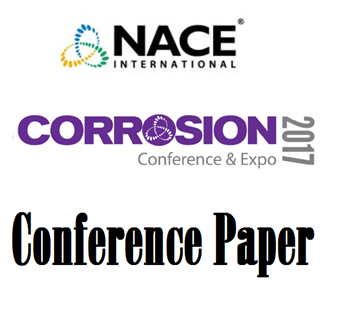Search
Corrosion Control of Acid Flare Lines at Gas Treatment Facility
Also Purchased
Using Robotic Inspection for Flare System to Avoid Plant Shutdown
Product Number:
MPWT19-14300
Publication Date:
2019
$0.00
Naphthenic Acid Corrosion in a High TAN Condensing Overhead System
Product Number:
51317--9095-SG
ISBN:
9095 2017 CP
Publication Date:
2017
$20.00
Corrosion Management in Hydrocracking and Hydroprocessing Units
Product Number:
MPWT19-14442
Publication Date:
2019
$0.00
Recently viewed




